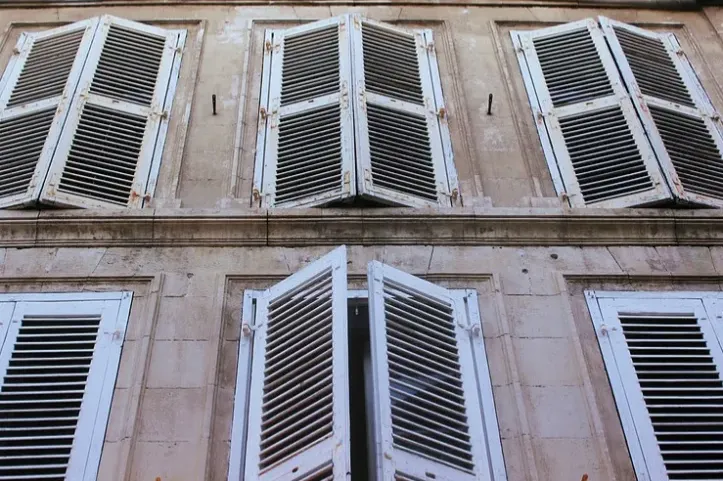The Solutions Explorer lets you create alerts that match your needs. You can create several alerts and you will receive a notification each time a new Solar Impulse Efficient Solutions is labelled and matches your filters.
Your Search Alerts will show up here.
Sign in to create alerts for your filters and search terms.
Sign inDon't have an account?
Sign upAccess exclusive opportunities for Investor Members Only
The Investment Hub is a platform by the Solar Impulse Foundation that connects innovators with investors to fund scalable and sustainable solutions. Through tailored matchmaking, e-pitches, and a collaborative digital environment, it helps drive impactful innovation forward.
Sign in to explore a world of dynamic and high-potential investment opportunities.
Sign inDon't have an account?
Sign upBlocking daytime heat and boosting nighttime ventilation to reduce energy costs and cut CO2 emissions

Blocking daytime heat and boosting nighttime ventilation to reduce energy costs and cut CO2 emissions
With heat waves becoming more frequent, it's essential to find ways to cool our homes without using excessive energy, which only exacerbates this positive feedback loop (1). A few simple gestures can be very effective. The guiding principle is to isolate from the heat during the day and maximize ventilation at night. One can simply close the blinds to prevent heat from entering and accumulating in the rooms, close all openings that receive sunlight, and draw the curtains. At night, open everything if possible to create drafts; otherwise, leave at least two windows open and close everything upon waking to trap the coolness (2). These actions have various economic benefits, as reducing air conditioning use during the summer months could save an average of €226 per year (5). If 10 people took these actions throughout this year's summer, 5220kgCO2 would be saved, which is equivalent to the annual carbon sequestration of about 237 trees (6).
One of the growing consequences of climate change is the increase of extreme temperature events which are occurring more often, lasting longer, and growing more intense. From 2000 to 2016, the number of people experiencing heatwaves grew by about 125 million (3). In response to this, the use of air conditioners is emerging as one of the key drivers of global electricity demand growth (4). However, the warmer it gets, the more we use air conditioning. The more we use air conditioning, the warmer it gets. An air conditioner directly expels hot air outside while operating, increasing the outdoor temperature. Air conditioners are very energy-intensive, and their use already accounts for 10% of global electricity consumption. Since more than 60% of electricity is generated by burning fossil fuels, this process emits greenhouse gases and accelerates climate change. Lastly, air conditioners release hydrofluorocarbons, potent greenhouse gases that also contribute to accelerating global warming (2).
The information presented above, is solely for the purposes of information. The Solar Impulse Foundation does not assert to possess the definitive answer but aims to present intriguing facts deemed important for consideration in our daily choices and discussions related to climate action. It does not intend to function as a moralizing entity but rather seeks to showcase societal norms that may not always be logical, while also offering better, more environmentally friendly alternatives, catered to improving the overall well-being of individuals andsociety in general.